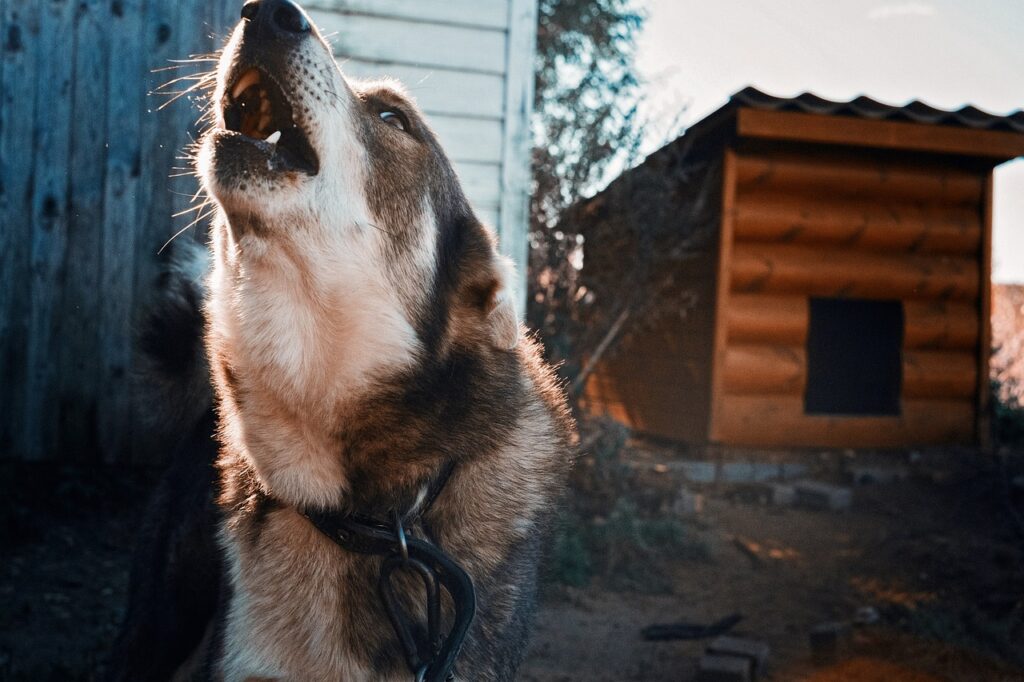Hello dog lovers! Have you ever caught your furry friend tilting their head in a peculiar yet utterly adorable manner when you talk to them? It’s a sight that melts hearts universally, yet what lies behind this charming gesture? It’s as though they are unveiling a hidden facet of their personality, captivating us with that inquisitive, almost-human expression. This article is here to take you on a riveting journey to unravel the science and art behind this enchanting canine behavior. Buckle up, we are about to delve into the fascinating world of doggy linguistics!
Introduction to Canine Linguistics
In the vast and variegated spectrum of canine behavior, the act of tilting their head is like a linguist trying to decipher an ancient language. But, why do dogs tilt their heads, encapsulating a myriad of emotions in that simple gesture?
Unlocking the Mystery
- Curiosity Captured: Dogs are innately curious beings, continually exploring the world around them with a zest and fervor that’s nothing short of inspiring.
- Communicative Cues: A head tilt might be a complex communication tool, helping dogs express themselves in ways that words fail to capture.
- Acoustic Adjustments: Believe it or not, this gesture might be their way of adjusting their ears to better tune in to the symphony of sounds that surround them.
Let’s delve deeper, shall we?
Unveiling the Auditory Aspect
Humans often take for granted the marvels of acoustic intricacies that a dog’s auditory system can perceive. When a dog tilts its head, it might be making subtle adjustments to its ear canals, granting them a richer, fuller auditory experience.
A World of Sounds
- Frequency Sensitivity: Dogs have a remarkable ability to detect frequencies that escape the human ear, tuning into nuances that create a vibrant soundscape.
- Sound Localization: This skill helps them pinpoint the exact location of a sound, a vital survival instinct passed down from their wild ancestors.
Aren’t these auditory capabilities nothing short of a marvel?
The Visual Perspective
Now, let’s venture into the visual realm. The positioning of a dog’s eyes and the structure of their skull can sometimes restrict their field of vision. A simple head tilt, then, may grant them a better vantage point.
Opening Up Visual Windows
- Bypassing the Muzzle Obstruction: A dog’s muzzle can sometimes obstruct their line of sight, especially when focusing on something close. A head tilt can effectively bypass this natural obstruction, giving them a clearer view.
- Enhanced Depth Perception: By tilting their head, dogs might be able to judge distances and depths more accurately, aiding them in navigating their surroundings with grace and agility.
Quite an eye-opening revelation, isn’t it?
Emotional Resonance
At this juncture, let’s tread into the emotional waters. Dogs are known to be highly empathic creatures, capable of tuning into human emotions with uncanny precision.
A Symphony of Emotions
- Empathy and Understanding: A head tilt might signal a dog’s empathic response, resonating with your feelings and offering companionship in moments of solitude.
- Anticipation and Excitement: This gesture can also depict an excited anticipation, as they hang on to every word, eager to engage in the impending activity or conversation.
Doesn’t this melt your heart, just thinking about it?
Predisposition and Breed Specifics
Interestingly, not all breeds are inclined to this enchanting gesture. Some breeds are more predisposed to head tilting, possibly due to their unique cranial structures or inherited traits.
Diversity in the Canine Kingdom
- Breed Specific Traits: Certain breeds are naturally more curious and responsive, exhibiting a higher frequency of head tilts.
- Cranial Structure: The shape and size of a dog’s head might influence the likelihood of this behavior, with some breeds having a natural inclination towards it.
How intriguing is the diversity in the canine kingdom, right?
Medical Considerations
Albeit enchanting, continuous or sudden onset of head tilting might sometimes signal underlying medical issues that require attention.
Signs to Watch Out For
- Ear Infections: A dog might tilt its head to alleviate discomfort caused by ear infections or blockages.
- Neurological Issues: Persistent head tilting might indicate a neurological problem, necessitating a visit to the veterinarian for a comprehensive evaluation.
We do need to be vigilant protectors of our canine companions, don’t we?
Training and Encouragement
Often, we might inadvertently encourage this behavior through positive reinforcement. Dogs are keen observers, quickly catching on to the actions that please their human counterparts.
Positive Reinforcement
- Training Aspects: Dogs might have learned to tilt their heads as a part of their training, realizing that this gesture often results in rewards or affection.
- Encouragement from Humans: Our reactions to a dog’s head tilt can further encourage them to repeat this behavior, as they bask in the shower of affection that follows.
Isn’t it fascinating how quickly they learn and adapt?
Conclusion
In conclusion, the dog’s head tilt is not merely a whimsical gesture, but a complex interplay of auditory, visual, and emotional cues, intertwined with breed specifics and sometimes even medical conditions. This symphony of factors harmonizes to create a captivating visual that tugs at the heartstrings of dog lovers universally.
- A Gesture Encompassing Depths: As we have unearthed, a simple tilt encompasses a world of depth and communication, highlighting the remarkable intricacies of canine behavior.
- Fostering Connection: It also fosters a deeper connection, as we find ourselves entranced by their keen ability to resonate with us emotionally.
So, the next time your furry friend tilts their head, you’ll know the symphony of factors playing in the background, won’t you?
Key Takeaways
- Dogs tilt their heads to enhance auditory and visual perception, fostering a richer engagement with their surroundings.
- Emotional resonance and empathy are vital facets encapsulated in this gesture.
- Observing the frequency and context of head tilts can sometimes alert to potential medical issues.
- Training and positive reinforcement from humans can often encourage this behavior.
- The act of head tilting varies significantly across different breeds due to diverse cranial structures and inherent traits.
We’ve embarked on a journey of understanding the nuances that make our canine companions so captivating, so utterly heartwarming. A world where every gesture speaks volumes, a language of love, curiosity, and sheer joy. The next time you witness a head tilt, pause, and appreciate the depths of connection and communication encapsulated in that singular, endearing moment.



